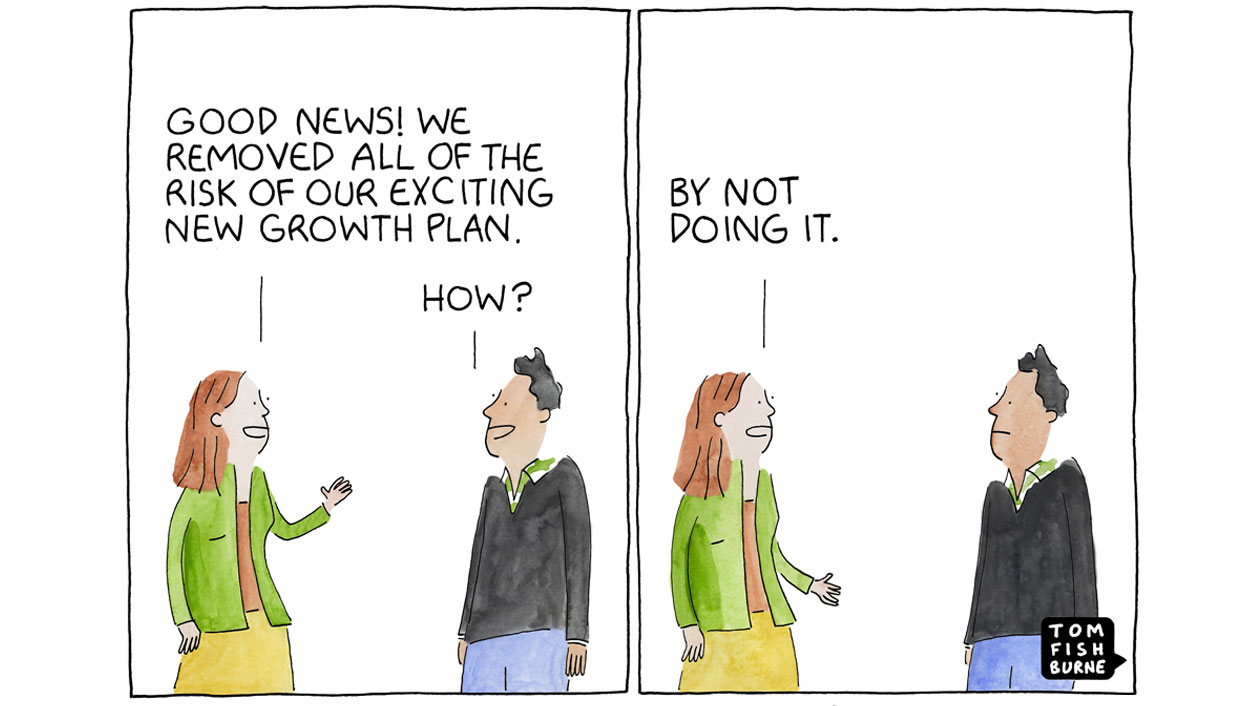Playing It Safe Is Now the Riskiest Strategy

Inaction is costing more than smart risk-taking.
Companies delaying decisions, deferring innovation, or sticking to ‘safe’ ground are seeing more drag than lift. Meanwhile, those who lean into decisive, focused action are seeing sharper results.
Who got it wrong?
- Marks & Spencer while M&S has made strides in food, its general merchandise business lagged due to years of cautious moves and delayed digital investment. Playing it safe in the face of shifting consumer expectations resulted in lost ground to nimbler competitors like Next and Zara.
- Gap Inc. has seen year-over-year revenue declines and an identity crisis. Instead of reimagining the brand experience or repositioning boldly, it’s been caught in incremental change — and customers have noticed.
- Peloton froze product innovation for too long after its pandemic boom, sticking to what was safe rather than adapting to shifting demand. As competitors surged, its growth stalled and stock collapsed.
Who got it right?
- Unilever’s Dove recently launched the ‘Code My Crown’ campaign to embed Black hairstyles into generative AI platforms. It’s bold, values-driven, and strategically smart — differentiating the brand through action.
- Spotify leaned into creator culture by acquiring podcast platforms and betting big on Wrapped — a strategic risk that turned into a cultural moment and major brand differentiator.
So what? As categories like retail, aged care, and health services become more competitive and tech-enabled, the cost of indecision will rise. First movers will win not because they’re the smartest — but because they’re willing to move.
Gura POV: Playing it safe feels smart. But the safest strategy right now is one with movement.
Sources: BBC News, CNBC, Harvard Business Review, Bloomberg, Fast Company, The Verge, Wired.